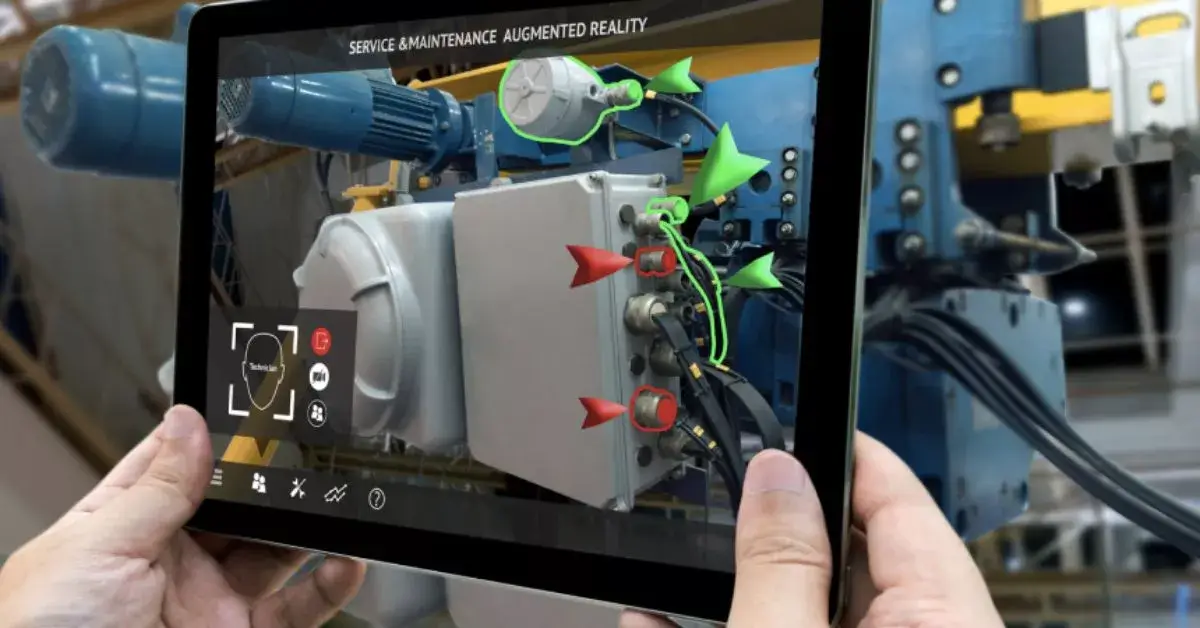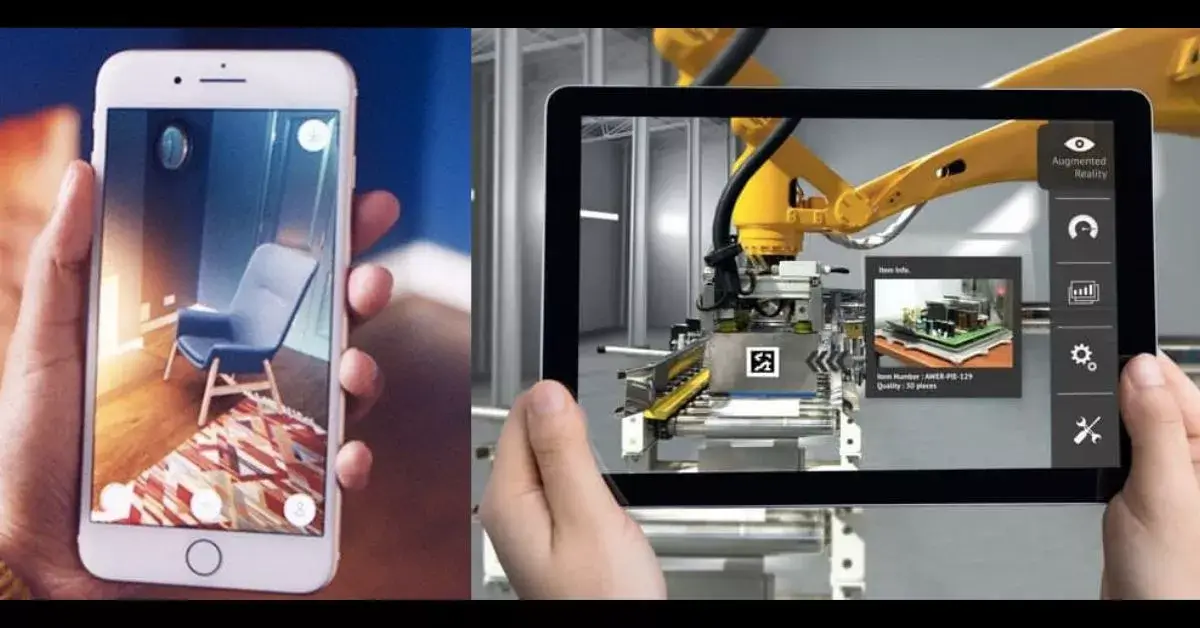Snapchat is trying to attract advertisers with a Halloween series featuring AI and AR. The series will include three new features:
- AI-powered lenses: These lenses will use AI to transform users into different Halloween characters, such as zombies, ghosts, and vampires.
- AR experiences: These experiences will allow users to interact with virtual Halloween objects, such as bats, spiders, and pumpkins.
- Shoppable AR: This feature will allow users to try on and purchase Halloween costumes and accessories using AR.
Snapchat is hoping that these new features will attract advertisers by providing them with a unique and engaging way to reach their target audiences. Snapchat is also hoping that these features will encourage users to spend more time on the app.
The Halloween series is part of Snapchat’s larger effort to attract more advertisers. Snapchat has been struggling to compete with other social media platforms, such as Facebook and Instagram, for advertising dollars. Snapchat is hoping that by offering new and innovative features, it can attract more advertisers and boost its revenue.
The Halloween series is a good example of how Snapchat is using AI and AR to make its platform more attractive to advertisers. AI and AR are two of the hottest technologies in the tech industry, and advertisers are eager to use these technologies to reach their target audiences in new and innovative ways.
Snapchat’s Halloween series is a creative way for the company to attract advertisers. The series is also likely to be a hit with users, as it offers them a fun and engaging way to celebrate Halloween.

How is AI being used in advertising?
AI is being used in advertising in a variety of ways, including:
- Personalizing ads: AI can be used to personalize ads based on a user’s demographics, interests, browsing history, and other factors. This can help advertisers to deliver more relevant and engaging ads to users.
- Targeting ads: AI can be used to target ads to specific audiences based on their demographics, interests, and other factors. This can help advertisers to reach the people who are most likely to be interested in their products or services.
- Optimizing ads: AI can be used to optimize ads for performance. This can include adjusting things like the ad copy, bidding strategy, and targeting.
- Creating ads: AI can be used to create ads, such as text ads, video ads, and image ads. This can help advertisers to save time and create more effective ads.
What are the benefits of using AR in advertising?
AR in advertising can provide a number of benefits, including:
- Increased engagement: AR ads can be more engaging than traditional ads because they allow users to interact with the ads in a more meaningful way.
- Improved brand awareness: AR ads can help to improve brand awareness by creating memorable and immersive experiences for users.
- Increased sales: AR ads can help to increase sales by allowing users to try on products virtually or see how products would look in their own homes.
More post-
- AI Mind Reading: A New Breakthrough in Understanding and Controlling AI Systems.
- Unraveling the Marvels of DALL-E 3 AI: A Gateway to Infinite Creativity.
How can businesses use AI and AR to create more engaging ads?
- Personalize the ads: Use AI to personalize the ads based on the user’s demographics, interests, and browsing history.
- Make the ads interactive: Use AR to create interactive ads that allow users to interact with the ads in a meaningful way.
- Use high-quality visuals: Use high-quality visuals to create visually appealing and engaging ads.
- Tell a story: Use the ads to tell a story about the brand or product.
- Make the ads relevant: Make sure that the ads are relevant to the user’s interests and needs.
Examples of how businesses are using AI and AR to create more engaging ads:
- L’Oreal: L’Oreal has developed an AR app that allows users to try on makeup virtually.
- IKEA: IKEA has developed an AR app that allows users to place virtual furniture in their own homes to see how it would look.
- Nike: Nike has developed an AR app that allows users to customize their own sneakers.
- Amazon: Amazon has developed an AR app that allows users to scan product barcodes to see additional information about the product.
These are just a few examples of how businesses are using AI and AR to create more engaging ads. As these technologies continue to develop, we can expect to see even more innovative and engaging ads in the future.

More post-
- How to Create a Digital Marketing Strategy with AI: Unleashing the Power of Technology.
- AI Watch: Stay Up-to-Date on the Latest Generative AI Developments.
Conclusion
The use of AI and AR in advertising is a growing trend. As these technologies continue to develop, we can expect to see even more innovative and engaging ads in the future.
Advertisers are using AI and AR to create more personalized, targeted, and interactive ads.
For example, AI-powered ads can be used to target customers based on their browsing history, interests, and demographics. AR ads can be used to allow customers to try on products virtually or interact with virtual objects.
AI and AR can also be used to create more engaging and immersive ad experiences. For example, AI-powered lenses can be used to transform users into different characters or place them in different environments. AR experiences can be used to allow users to interact with virtual products or characters in a realistic way.
The use of AI and AR in advertising has the potential to revolutionize the way that businesses reach their customers. However, there are also some challenges that need to be addressed. For example, advertisers need to be careful not to use these technologies in a way that is intrusive or creepy. Advertisers also need to make sure that their ads are compatible with all devices and platforms.
Overall, the use of AI and AR in advertising is a positive development. These technologies have the potential to make ads more personalized, targeted, interactive, and engaging. However, advertisers need to be mindful of the challenges involved and use these technologies in a responsible way.
